Cloud Databases on AWS and AZURE
Scalable | SQL | NoSQL | Elastic | Data Warehouse | Graph based | Document based | and more
3.73 (35 reviews)
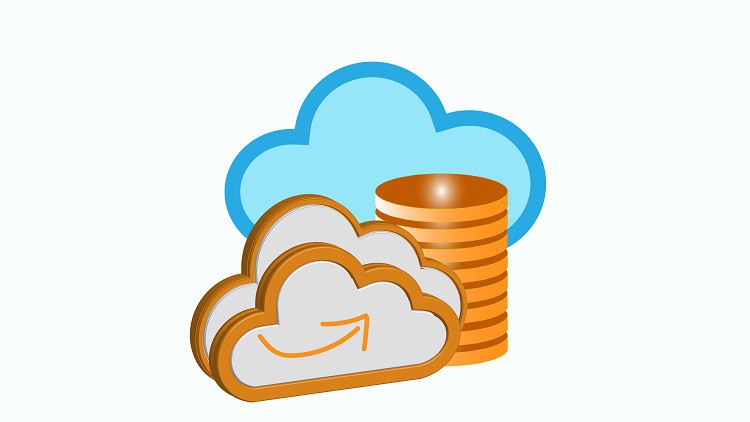
6,506
students
3 hours
content
Oct 2022
last update
$29.99
regular price
What you will learn
On completion of this course you would be able to develop and deploy your applications over Amazon Cloud- Amazon Web Services.
You would be in a better position to implement all DBMS concepts on AWS cloud using various kinds of database services out there.
Flexibility to develop applications with DynamoDB, Neptune, RDS, StorageGateway, etc
In this course we would explore various Database services available on Microsoft Azure cloud.
We would learn SQL Database, CosmosDB, and Data warehouse with practical exercises and projects.
Screenshots
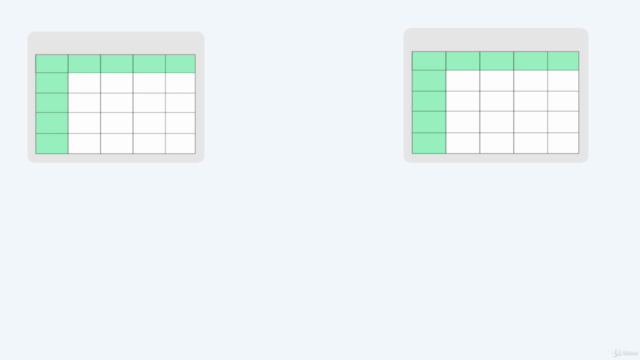
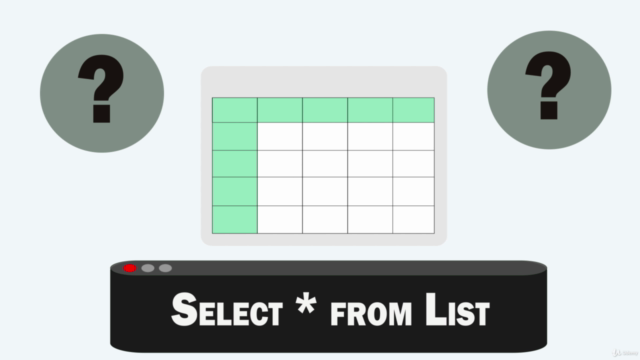
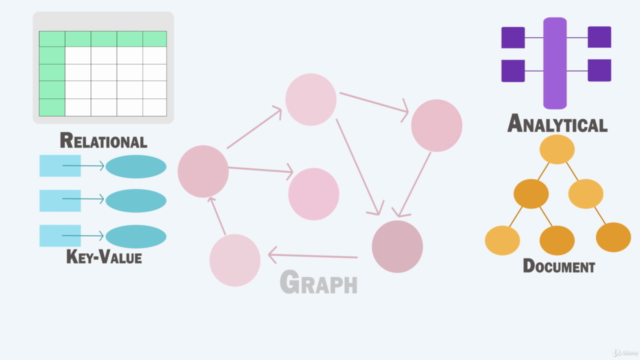
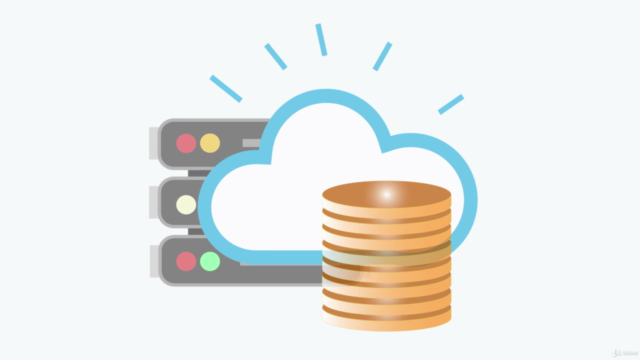
Related Topics
2345758
udemy ID
4/30/2019
course created date
2/20/2020
course indexed date
Bot
course submited by